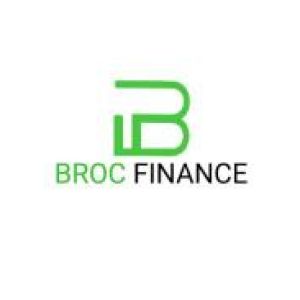A Business Owner’s Guide To Cash Flow Finance
Posted by Saroj Shah on February 2nd, 2023
Cash flow financeis a valuable financing tool to fund your business growth based on projected cash flows. This option can help business owners leverage unique growth opportunities and manage day-to-day expenses. If you want more information about cash flow financing, this quick guide will help you grasp the concept with ease!
Cash Flow Projections for Financing: Meaning and Relevance
Cash flow signifies the total amount of cash and its equivalents moving in and out of the business during a specific period. The cash that comes in is called inflow, while the amount your firm spends is called outflow.
When the inflows exceed the outflows, it means that the business has a positive cash flow. Negative cash flow occurs when the reverse happens. Cash flow statements help firms assess critical financial metrics. Cash flow details are relevant in the following ways:
- Assessing Cash Position: A cash flow statement provides a comprehensive picture of the firm’s cash position. It is a valuable measure of financial strength and liquidity. Cash flow analysis allows the business owner to assess whether the firm has enough cash to pay for expenses.
- Analysing Eligibility for Loans: Lenders often evaluate cash flow statements and projections to assess the financial stability of a business. They also gauge a firm's future potential by scrutinising these details.
Types of Cash Flow Financing Options
Generally, cash flow financing options take the form of unsecured loans. There are two main types of credit you can access based on business cash flow:
- Unsecured Business Loans: These loans do not require borrowers to submit their valuable assets as collateral. The lenders evaluate the firm's cash flow to analyse their ability to repay the loan. Post-assessment, they disburse the loan amount. The business can repay it daily, weekly, fortnightly, or monthly according to the stipulated terms.
- Unsecured Business Lines of Credit: Business owners can access unsecured Business lines of credit either low doc or with full-doc approvals when they submit their cash flow projections. A business line of credit refers to a pre-approved credit limit where business owners can draw only as much as required. The final interest charges are levied on the amount drawn by the firm. Cash flow projections allow lenders to assess the borrowers' financial strength, approving high credit limits for business expenses. Your firm’s cash flow statement can also help you access other credit instruments like merchant cash advances and invoice financing.
Salient Features of Cash Flow Financing
Here are the key features of this financing option:
- Term: Cash flow-based loans are usually available for 3-60 months.
- Suitability: These loans are best suited to small and medium-sized businesses.
- Purpose: Lenders approve the funds for business purposes like paying wages, settling bills, and purchasing inventory.
Advantages of Seeking Cash Flow Financing
Business owners can leverage the following benefits by using cash flow finance:
- Quick access to emergency funds based on business performance.
- Flexible payment terms structured according to the firm’s financials.
- Reliable credit arrangements for small and medium enterprises.
These aspects make cash flow financing an excellent choice for business owners. You can consult professional finance brokers to understand how to apply for a cash-flow-based loan.



